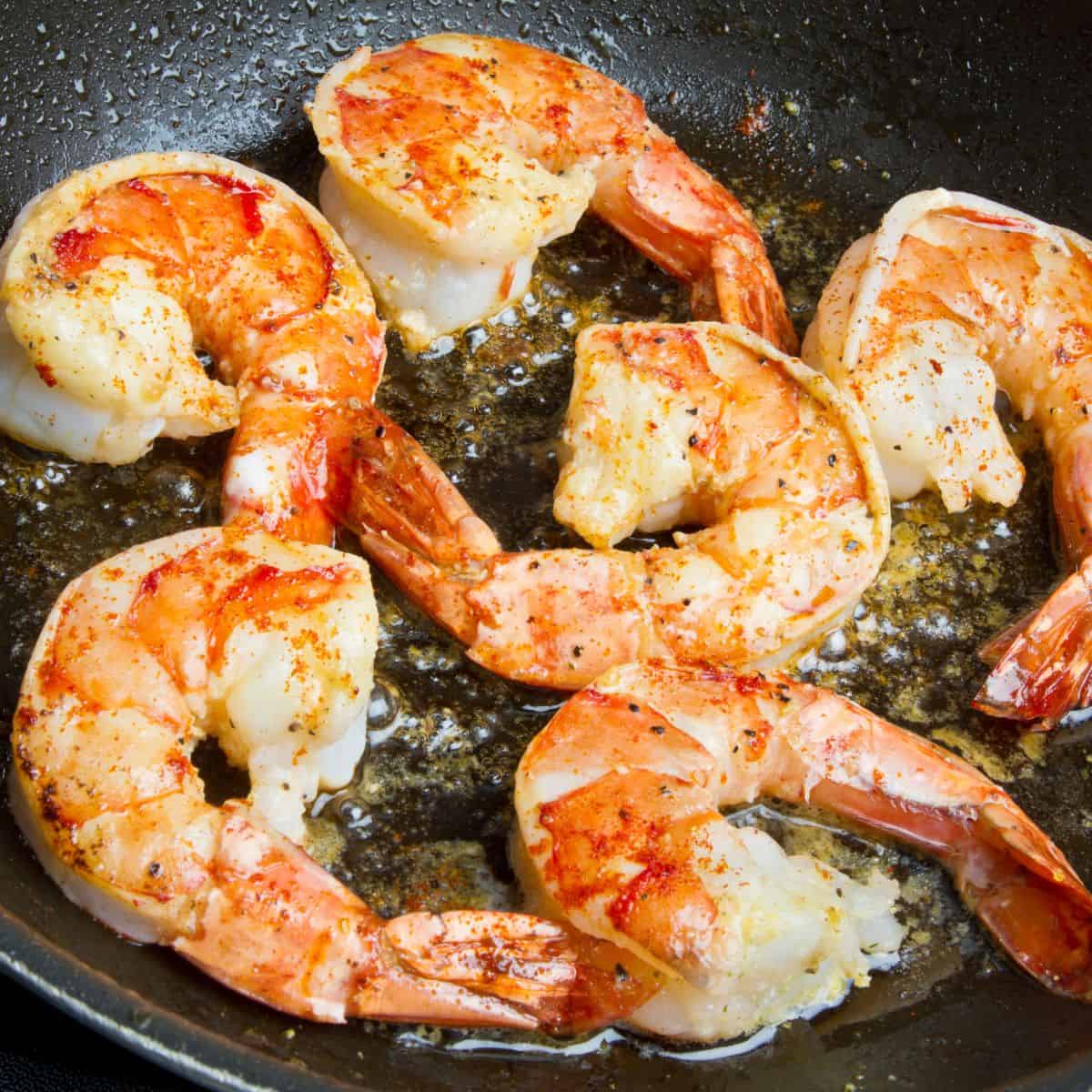How to Reheat Shrimp: Best Methods for Delicious Results
– The article provides tips on how to reheat shrimp using different methods.
– The oven method is recommended for maintaining texture.
– The stove method is the author’s go-to method.
– The steamer method is mentioned as a way to reheat shrimp without drying it out.
– The sooner shrimp is reheated, the fresher it will taste.
– Steaming method: Fill a pot with water, place a steamer basket inside, and put the shrimp in a single layer in the basket. Steam for 2-3 minutes.
– Air fryer method: Preheat the air fryer to 300°F, spray the basket with oil or use parchment paper, place the shrimp in a single layer, and reheat for 2 minutes on each side.
– Microwave method: Place the shrimp in a microwave-safe container, sprinkle with a bit of water, seal the container, and microwave for 1-2 minutes on high.
– Fried shrimp can be reheated using the same methods as unfried shrimp, except for steaming.
– Other methods for reheating fried shrimp include using the microwave, stovetop, oven, air fryer, flash frying, and broiling.
– The article provides tips on how to reheat shrimp scampi and shrimp boil leftovers.
– The recommended methods for reheating shrimp scampi are using the microwave, stove, or oven.
– For larger servings, the shrimp scampi can be placed in an oven-safe dish, covered with foil, and heated for about 10-15 minutes.
– Reheating shrimp boil involves placing everything in a microwave-safe bowl, covering, and reheating.
– Another option for shrimp boil is to simmer it in extra stock on the stovetop until warm.
– Leftover shrimp can be used in various cuisines such as Mexican, Thai, Italian, or Southern dishes.
– Shrimp can overcook quickly, resulting in a rubbery and tough texture.
– Reheating shrimp should be done at a lower temperature.
– Letting leftover shrimp come to room temperature helps prevent overcooking.
– Adding liquid to the pan while reheating shrimp helps prevent drying out.
– Reheating shrimp should only take five to six minutes, any longer risks overcooking.
